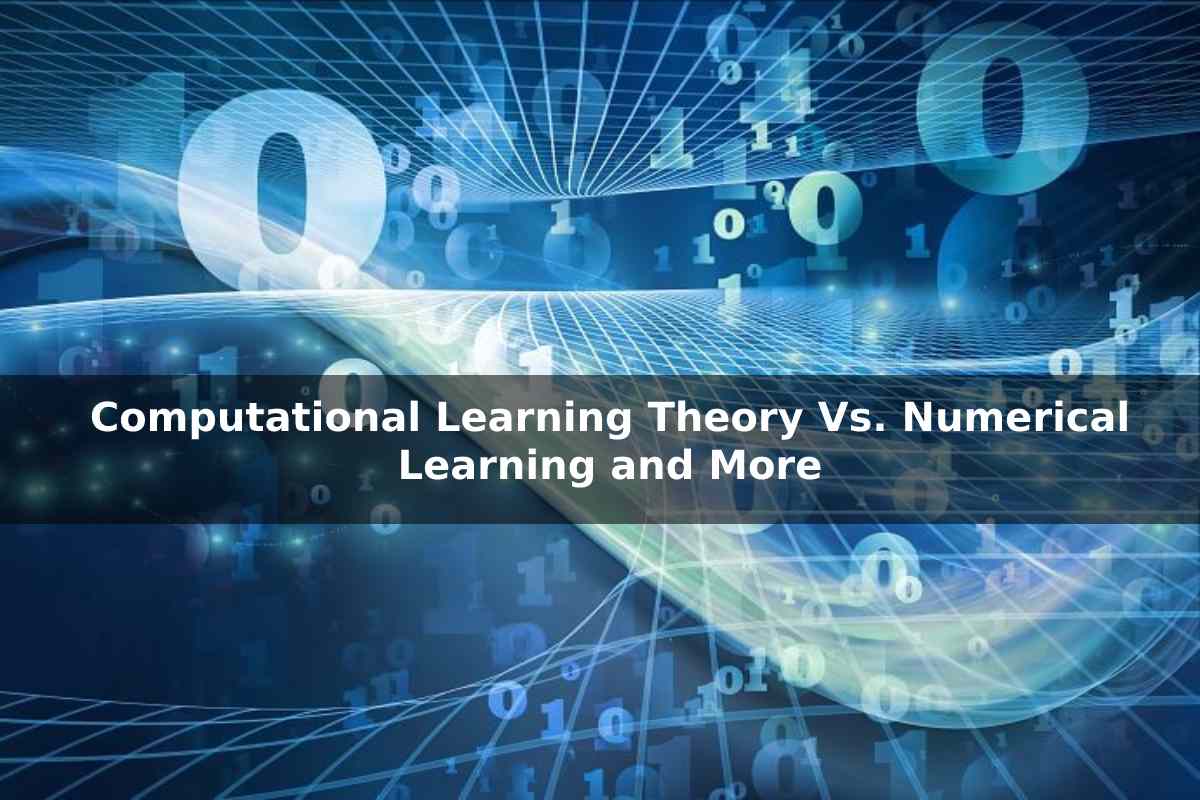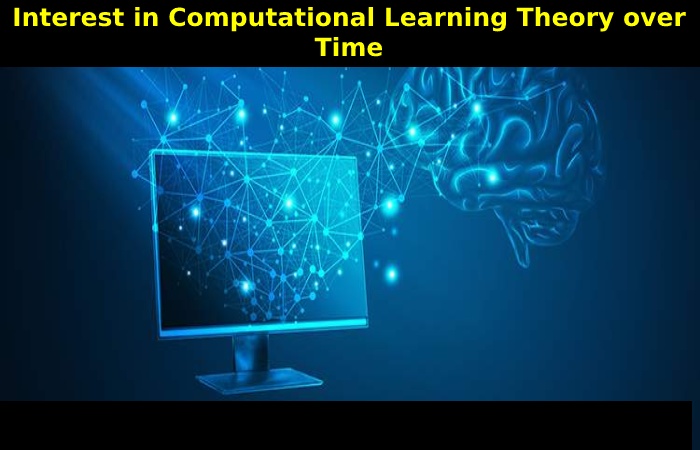
01 Apr Computational Learning Theory Vs. Numerical Learning and More
Table of Contents
Introduction
Computational learning theory is a given field of Artificial Intelligence in the computer science field dedicated to designing and developing machine learning algorithms.
Interest in Computational Learning Theory over Time

Suppose we look at the geographic trend for the computational learning theory. It is. That case may also be understandable given that both countries have the enormous atomic valleys in the world, with hundreds and thousands of prominent computer specialists.
Statistical Learning theory
Statistical learning theory relies heavily on statistics and functional analysis to create a framework for developing machine learning algorithms. On the contrary, machine learning demonstrates statistical learning techniques using proprietary package requests.
In humble terms, statistical learning theory is the foundation for developing tools and techniques to understand data better. In the context of statistical learning, data can represent in two ways:
1) Data independent of variables that can manage directly.
2) Data dependent on variables that cannot be directly managed (this type of data requires estimation or estimation).
Also Read: Types of Electric Vehicles
Difference Between Computational Learning Theory and Statistical Learning Theory
The change between computational learning and statistical learning theory is one of the data professors’ most common questions. Unfortunately, although the difference between the two is pretty straightforward, many young data scientists still confuse the two approaches.
It is understandable to confuse between these two theories as a novice data scientist, mainly because of how data science a taught in colleges. However, to become an expert in data science, you need to develop strong skills in many areas, including; programming, mathematics, statistics, SQL, and other specialties. So, as you progress toward becoming a data scientist, you’ll likely start with statistics. Which is the basis of data science, computational learning, and machine learning. Once you have developed adequate skills in statistics, you can broaden your scope in data science. Therefore, it would not be improper to say that statistical learning theory is the first step toward computational learning theory.
However, there are some alterations between these two theories, and it is crucial to understand these differences and master the skills. Below we have found some differences between statistical learning and machine learning and statistical learning theory and computational learning theory to help you on your journey to success.
Few Steps
There several types
1) Both approaches are heavily data-dependent, but statistical learning relies on rule-based programming, where creating certain relationships between variables is necessary. On the extra hand, machine learning is more mechanical programming independent. Meaning it learns from data without relying too heavily on rule-based software design.
2) Machine learning can learn from billions of observations, whereas statistical learning remain limited to smaller datasets and few features.
3) Statistical learning remain run strictly based on assumptions such as homoscedasticity or normality. On the other hand, machine learning is assumption-free and, in most cases, completely ignores beliefs.
4) Statistical learning remain limited chiefly to inferences with high dependence on examples, hypotheses, and filling in variables. On the contrary, machine learning is more about predictions and predictions.
5) Statistical learning predominantly involves mathematical theories, while machine learning relies on iterations to identify patterns in input data.
Conclusion
Computational learning theory provides a formal framework within which it is possible to frame and address questions about the performance of different learning algorithms.
Also Read: What are Internal Combustion Engines


No Comments